In foreign countries, the cultivation of fruits and vegetables of unusual shapes has already become a real business. In our country, this practice is still very little widespread. However, growing curly vegetables and fruits is not so difficult, and the result is quite impressive. Let’s talk about this in more detail.
Probably the most famous example of an unusual crop shape is the square watermelon and melon. For melons, this form is not just exotic. It allows you to transport melons and watermelons more conveniently. Of course, and attract the attention of buyers.
An unusual shape can be given not only to watermelons and melons. Curly cucumbers and tomatoes, eggplants and zucchini, apples and pears, pumpkins are grown. In theory, it is possible to give an unusual shape to both carrots and beets, but this practice has not yet been developed with root crops. In addition to the unusual shape, vegetables and fruits are no different from ordinary ones, watermelons are just as sweet, melons are fragrant, cucumbers and tomatoes are juicy.
In order to grow heart-shaped cucumbers or star-shaped tomatoes in a garden bed, special shapes will be required. There are three main requirements for them:
- The form must be strong enough, because during the growth of a vegetable or fruit it can simply break.
- It must be transparent so that ultraviolet rays can reach the fetus, which are needed for the accumulation of carbohydrate mass and photosynthesis.
- The form must be permeable to water, if the liquid that evaporates from the skin of a fruit or vegetable has nowhere to go, the fruit inside will simply rot.
Most often, special forms for curly vegetables and fruits are made of white plexiglass, organic glass, polycarbonate, medical plastic.
One such form for growing curly fruits can cost about 100-250 rubles, which, of course, increases the final cost of the product..
Such unusual pears in the shape of Buddha are popular in China. Agree, it looks very exotic.
It is necessary to place the fruit in the mold at the stage when the ovary, for example, of a cucumber or watermelon, has grown a little. Growing is carried out until the fruit fills the entire form. For the rest, plant care is no different from usual.
Who will be interested in curly vegetables and fruits? For restaurateurs who want to serve their visitors an unusual salad or slices, frozen food producers, those who want to decorate the window of their agricultural store with original vegetables and fruits. And ordinary customers will not be able to pass by, imagining how their guests will be surprised at star cucumbers in a salad or a heart-shaped watermelon.
How to grow vegetables and fruits of an unusual shape
This WordPress post explores the techniques to grow vegetables and fruits of an unusual shape, such as stars, hearts, cubes, and other whimsical shapes. It illustrates the various ingenious techniques employed to grow such unique fruits and vegetables, including the use of specially-designed molds, molds made from common kitchen materials, and other modifications of the conventional growing process. Such ideas create extraordinary culinary experiences, with a visual impact that can astonish both accomplished chefs and novice cooks alike. Additionally, the specialized methods also enable farmers to stand out in the field of locally grown and freshly harvested produce.
Improvement of the territory

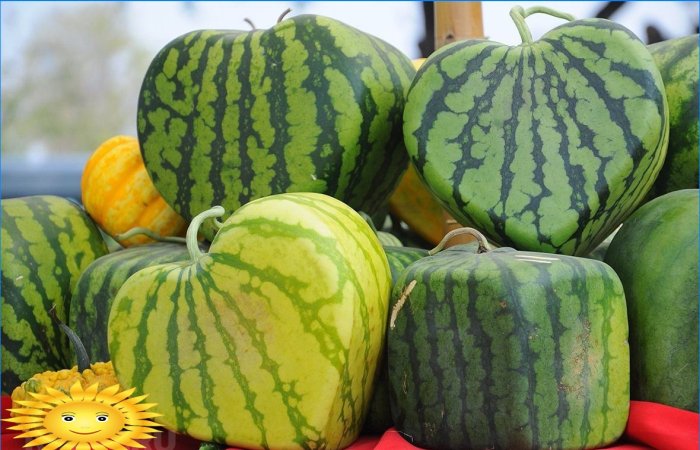

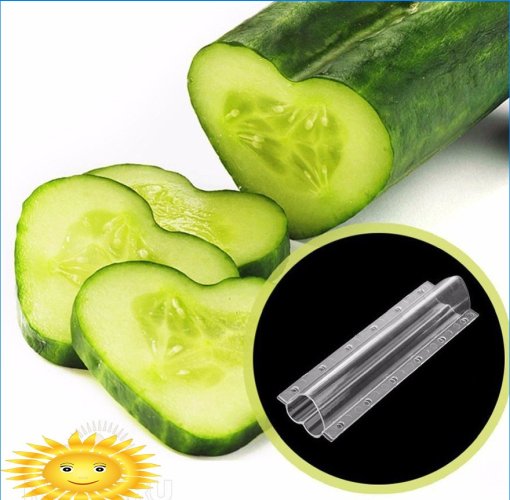
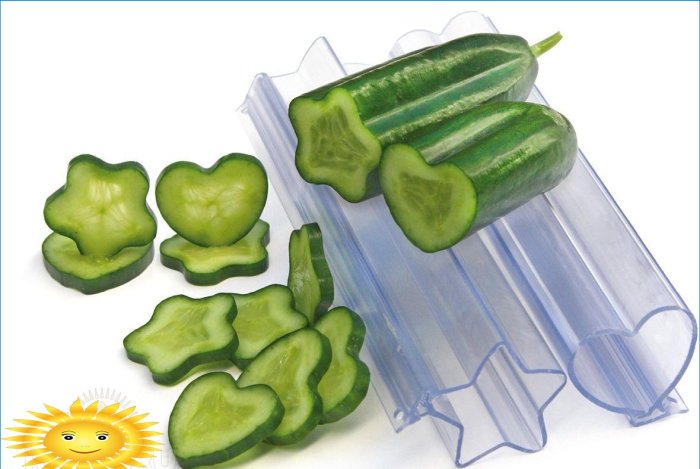
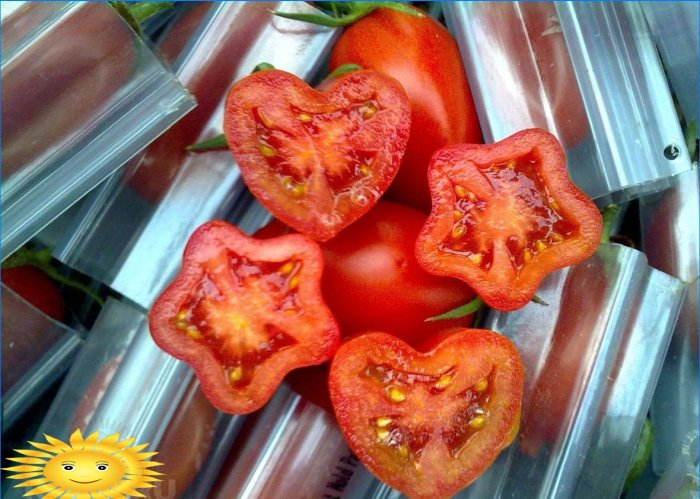
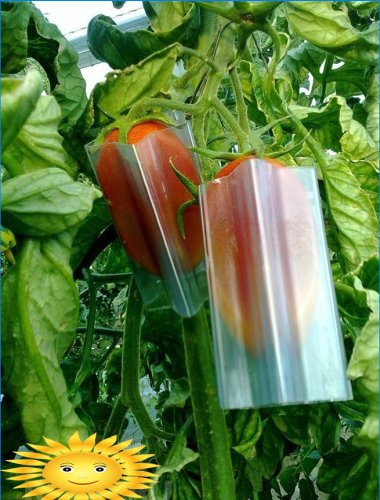
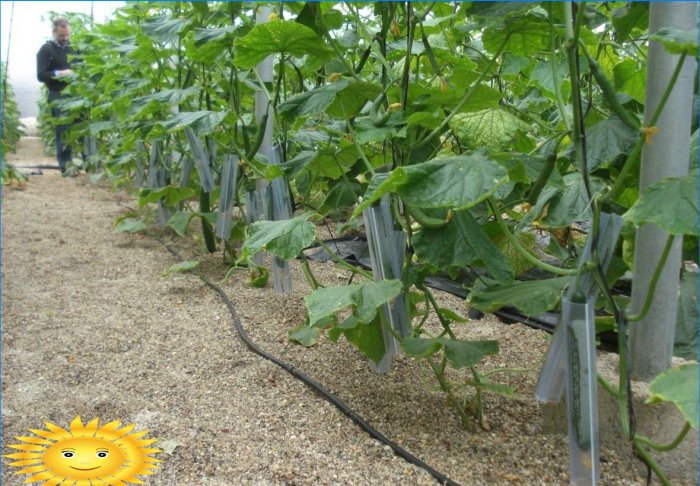
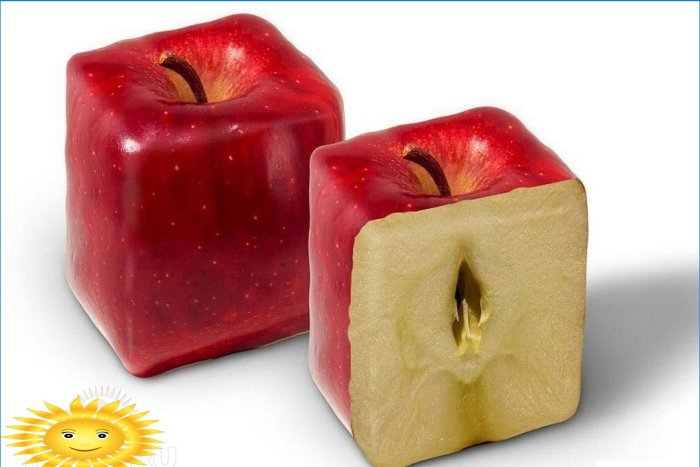



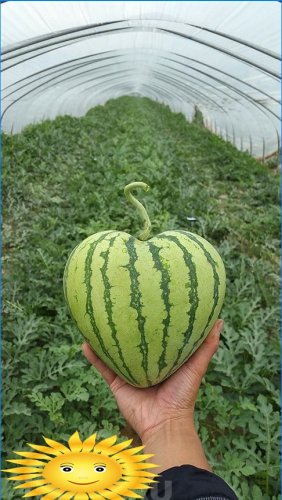
Can anyone provide guidance on how to cultivate vegetables and fruits with unique shapes? I’m keen to expand my gardening skills and would love to grow produce that stands out. Any tips on the best varieties or techniques to achieve these unconventional shapes would be greatly appreciated!
To cultivate vegetables and fruits with unique shapes, there are a few techniques you can try. Firstly, choose heirloom or specialty varieties known for their unusual shapes, such as “Romanesco” broccoli or cherry tomato “Horned Viper.” Next, provide proper nutrition and water to the plants to ensure optimal growth. You may need to carefully prune and shape the plants as they grow to encourage the desired form. Enclosing developing fruits within containers or molds can also help shape them. For example, using a square-shaped mold will result in square watermelons. Additionally, some growers use methods like espalier or trellising to train plants to grow in specific shapes. Experimentation, patience, and attention to detail will be crucial in your quest for uniquely-shaped produce. Happy gardening!
To cultivate vegetables and fruits with unique shapes, here are a few techniques you can try. Start by choosing heirloom or specialty varieties known for their unusual shapes. Provide proper nutrition and water to ensure optimal growth. Prune and shape the plants as they grow to encourage the desired form. Enclose developing fruits within containers or molds to shape them. Use methods like espalier or trellising to train plants to grow in specific shapes. Experimentation, patience, and attention to detail will be crucial. Happy gardening!
I’m really fascinated by the idea of growing vegetables and fruits with unusual shapes! Can you provide some guidance or tips on how to achieve this? Are there specific techniques or maybe certain seed varieties that are known for producing unique shapes? I would love to experiment and have some fun with my garden, so any advice would be greatly appreciated!